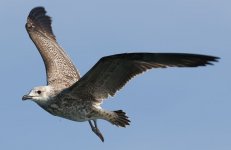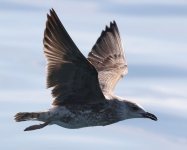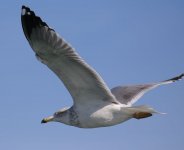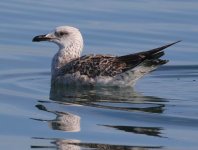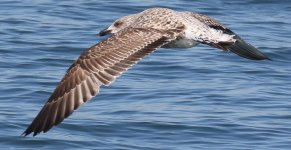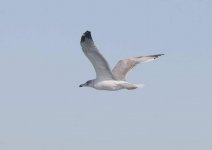Today I've taken part to a pelagic trip in the Adriatic sea offshore the Po delta. I photographed a lot of gulls, focusing on what was something different from the proper YLGulls... Is any of my birds not a YLG?
Attachments
Last edited:




